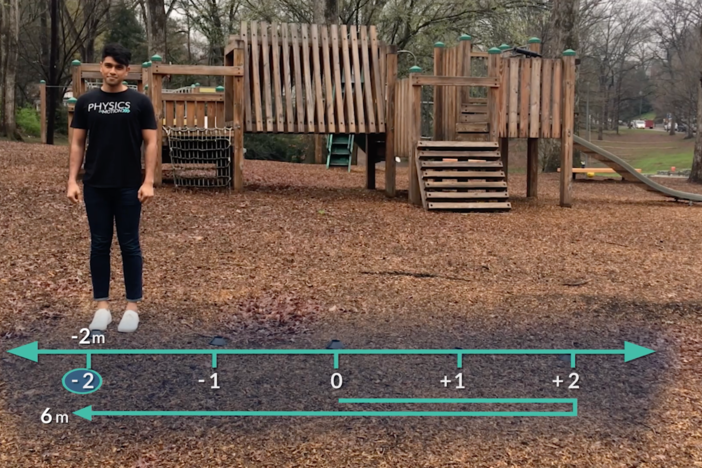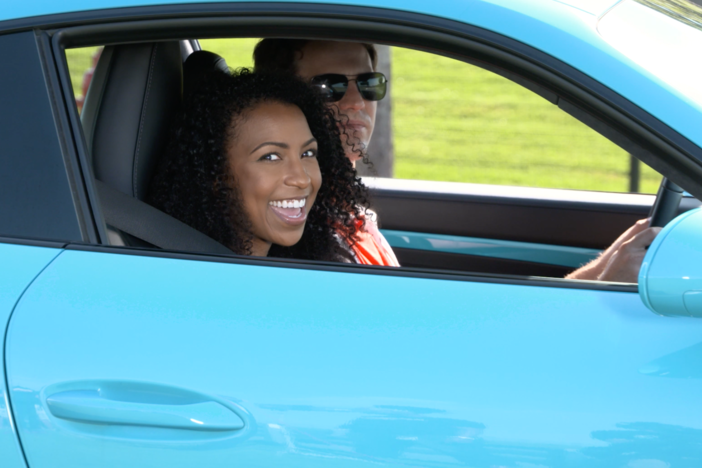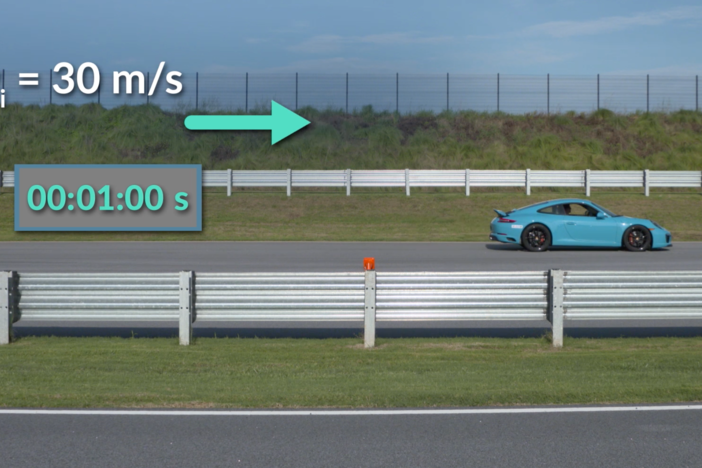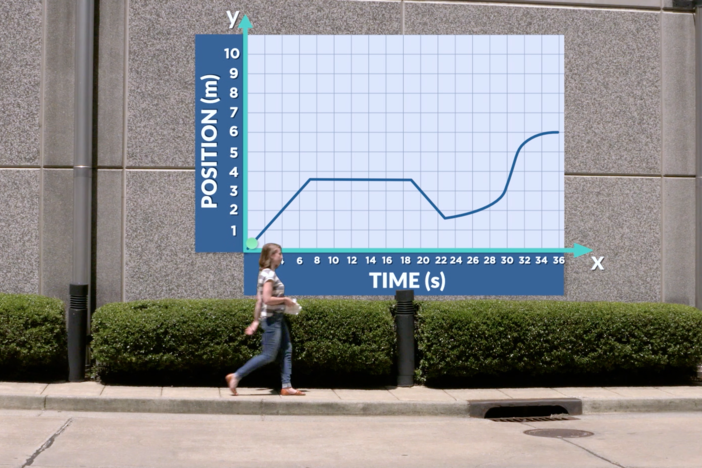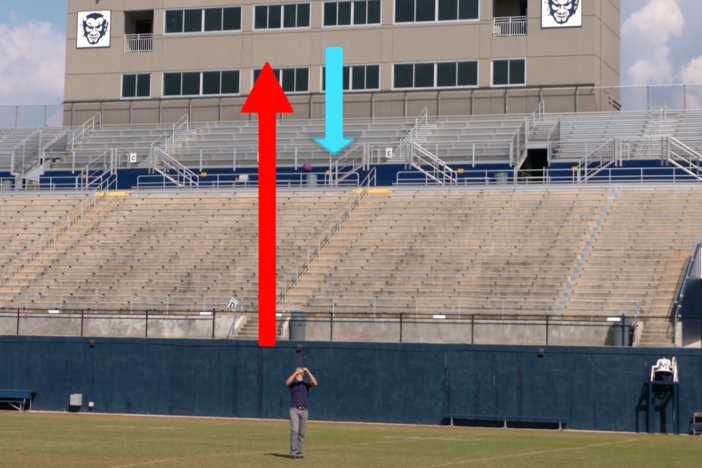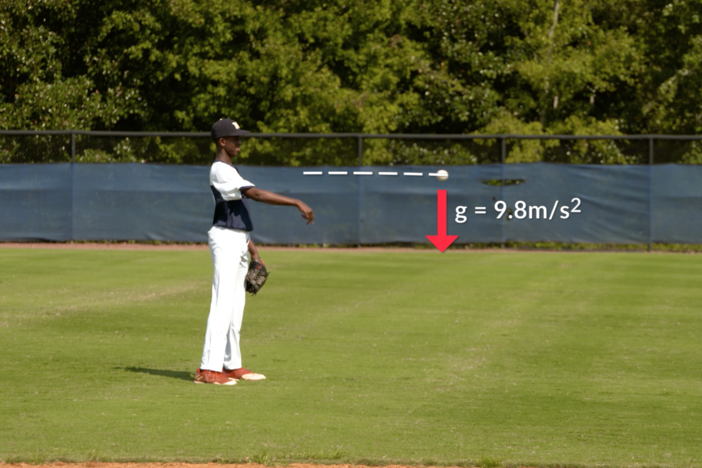Segment C: Acceleration and Kinematic Equations
We are back at the Porsche Experience Center Atlanta track to learn all about acceleration. Kinematic equations are introduced as we solve for stopping time and displacement.
Segment C: Acceleration and Kinematic Equations
We are back at the Porsche Experience Center Atlanta track to learn all about acceleration. Kinematic equations are introduced as we solve for stopping time and displacement.
Science
Obtain, evaluate, and communicate information about the relationship between distance, displacement, speed, velocity, and acceleration as functions of time.
Plan and carry out an investigation of one-dimensional motion to calculate average and instantaneous speed and velocity.
- Analyze one-dimensional problems involving changes of direction, using algebraic signs to represent vector direction.
- Apply one-dimensional kinematic equations to situations with no acceleration, and positive, or negative constant acceleration.
Analyze and interpret data using created or obtained motion graphs to illustrate the relationships among position, velocity, and acceleration, as functions of time.
Ask questions to compare and contrast scalar and vector quantities.
Obtain, evaluate, and communicate information to explain the relationships among force, mass, and motion.
Plan and carry out an investigation to analyze the motion of an object using mathematical and graphical models.
-Define average acceleration as the rate of change of velocity divided by time elapsed.
-Differentiate between average acceleration, constant acceleration, and instantaneous acceleration.
-Find average acceleration and instantaneous acceleration from a velocity versus time graph and an acceleration versus time graph.
-Understand what it means when acceleration has a negative value with respect to motion relative to the positive direction.
-Explore kinematic equations and understand how they can help in solving problems with constant acceleration.
average acceleration - the rate of change of velocity divided by time elapsed. The SI unit for acceleration is meters per second squared (m/s2).
constant acceleration - acceleration that does not change.
instantaneous acceleration - acceleration at a given moment in time.
kinematics - the science of describing the motion of an object.
The Physics in Motion teacher toolkit provides instructions and answer keys for study questions, practice problems, labs for all seven units of study. GPB offers the teacher toolkit at no cost to Georgia educators.To order your teacher toolkit, complete and submit this form to request the teacher toolkit. You only need to submit this form one time to get materials for all seven units.

